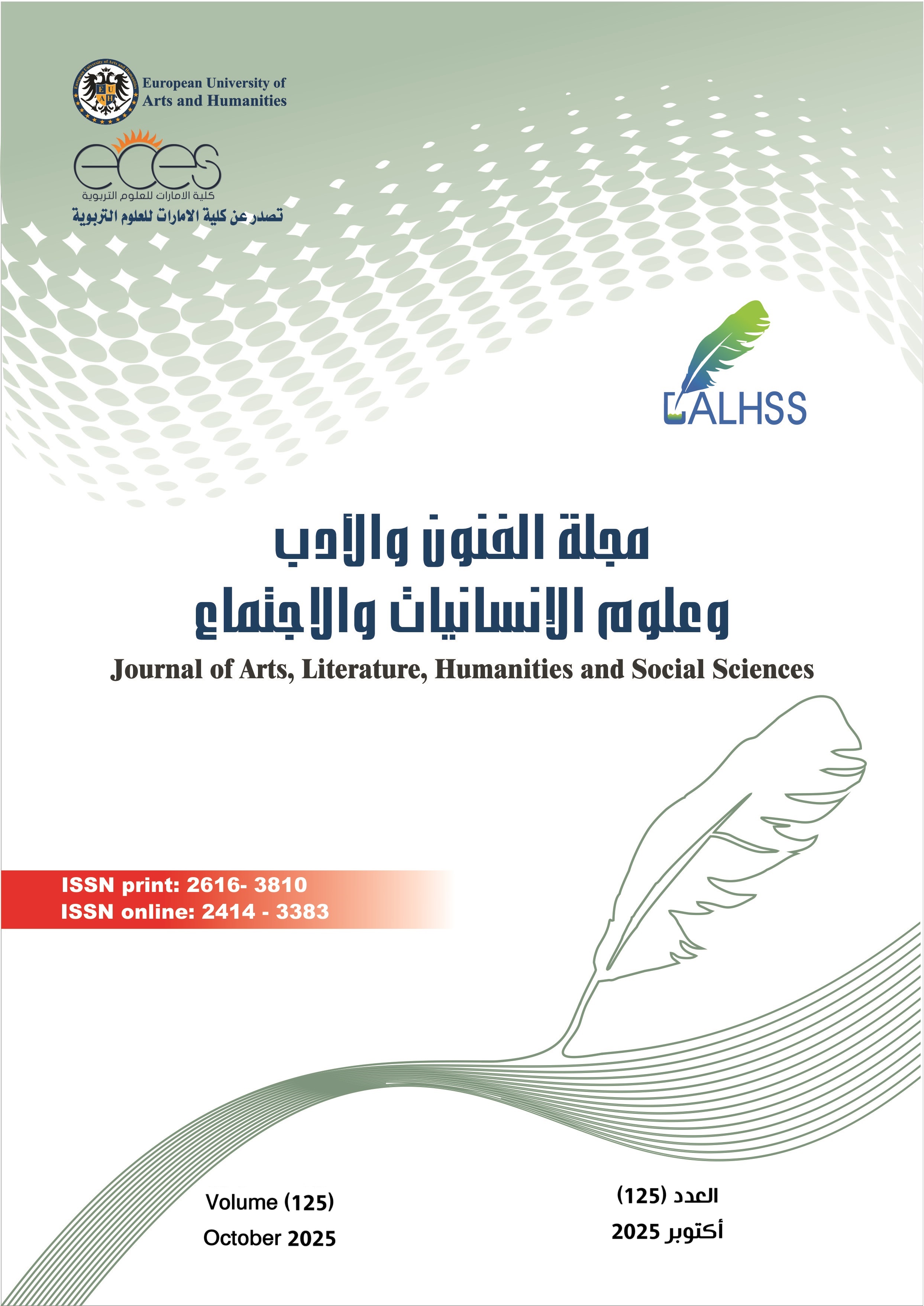The Development of King Saud University in the Twentieth Century
(A historical perspective)
Abstract
The current study aims to explore the most important events that led to the development of King Saud University in the twentieth century. The study used a historical approach, as appropriate to the objectives and research question. The most important findings are as follows: King Saud University was founded in 1957 as the first modern university in the Kingdom. Its name was changed to "University of Riyadh" in 1964, before being renamed "King Saud University" in 1982. In its early years, the Egyptian scholar Dr. Abdul Wahab Azzam assumed the position of the university's first president. In the same year, the College of Arts was established as the first college, comprising four departments: Arabic Language, English Language, History, and Geography. The initial nucleus of the faculty consisted primarily of non-Saudi professors from sister Arab countries, given the recent university experience and the scarcity of qualified national talent at the time. The first four years of study were limited to male students, followed by female students in higher education in 1961. The university has welcomed international students since its first year. The first accepted class in 1957 included three international students compared to eighteen local students. As the academic structure consolidated and the colleges expanded, graduate programs began in the early 1970s, ushering in a new phase of academic and research development that strengthened the university's standing at the national and regional levels.
References
2. Albeshir, S. G. (2025). Formal Education in Saudi Arabia from 1926 to 1953: Origins, Policies, Challenges, and Achievements. IPHO-Journal of Advance Research in Education & Literature, 3(07), 22-30
3. Albeshir, S. G. (2025). From the College of Sharia to International Universities. International Journal on Humanities and Social Sciences, (67), 300-323.
4. Al-Dawoud, Basira. (2008). History of Education during the Reign of King Faisal bin Abdulaziz Al Saud. King Abdulaziz Foundation. Riyadh, Saudi Arabia.
5.
Al-Ghamdi, Hamdan. (2015). The Development of Public Education in the Kingdom of Saudi Arabia. Published book
6. Al-Salman, Muhammad. (1999). Education during the reign of King Abdulaziz. King Abdulaziz Foundation, Riyadh.
7. Al-Zahrani, Hessa. (2006). Education during the reign of King Saud. King Abdulaziz Foundation
8. Aziz, Halima, Hema, & Abdel Hamid. (2021). The Historical Approach of Muhammad Nasir in His Book Modern Algerian Poetry: Its Trends and Artistic Characteristics. Journal of Arabic Language Sciences and Literature, 13(3), 604-624
9. Council of Universities’ Affairs.(2025). official site
10. King Saud University. (1987). The University in Thirty Years. King Saud University Press
11. King Saud University. (1994). Statistical Book for the Academic Year 1993/1994. Department of University Studies and Development.
12. King Saud University. (1999). King Saud University: A Beacon in a Centennial Journey. King Saud University Press, Riyadh.
13. King Saud University. (2006). The University in Fifty Years. King Saud University Press
14. King Saud University.(2025). Official site
15. Ministry of Education. (1972). Education Statistics in the Kingdom of Saudi Arabia. Center for Statistical Information and Educational Documentation.
16. Ministry of Education. (1980). Education Statistics in the Kingdom of Saudi Arabia. Center for Statistical Information and Educational Documentation.
17. Ministry of Education. (2003). Encyclopedia of the History of Education in the Kingdom. Ministry Press.
18. Ministry of Higher Education. (2000). Education Statistics. Official Website
19. The Academic Ranking of World Universities (ARWU). (2025), Shanghai ranking. Retrieved fromhttps://www.shanghairanking.com
20. Vision 2030 Document. (2016). Vision Virtual Website. Retrieved from https://www.vision2030.gov.sa/media/5ptbkbxn/saudi_vision2030_ar.p
Copyright (c) 2025 Dr. Saud Ghassan Albeshir , Dr. Areej Makki Aljahani

This work is licensed under a Creative Commons Attribution-ShareAlike 4.0 International License.



